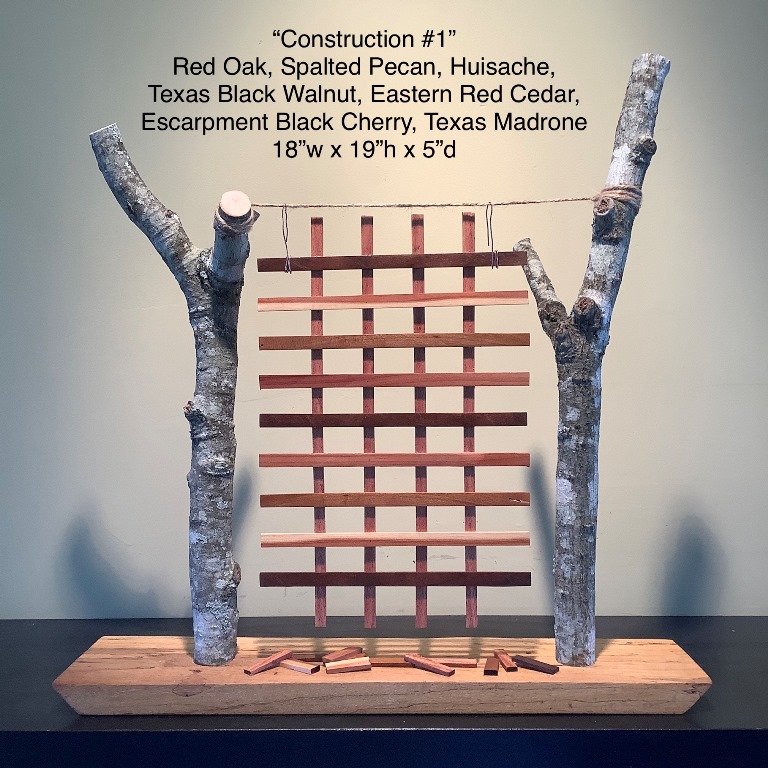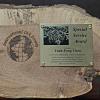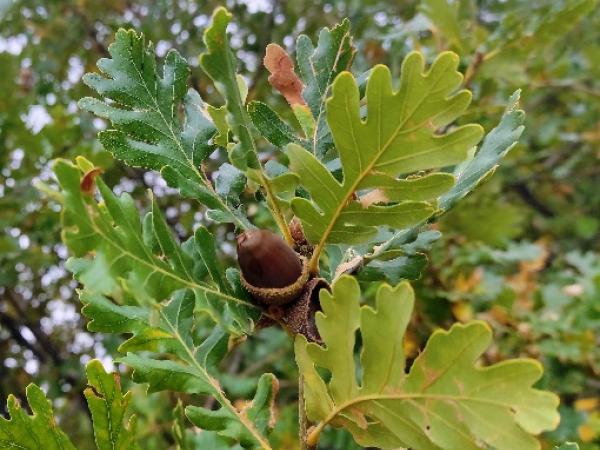Editor's Picks
Plant Focus
The work of botanical artist Lotus McElfish was brought to our attention by Michael Eason, who met her when she volunteered at San Antonio Botanical Gardens. Lotus kindly sent us this account of her work, including recent illustrations of oaks.
Being a lifelong (self-taught) artist and a certified aromatherapist, I combined my enchantment with botanicals eighteen years ago to become a botanical artist (which fuses art and science). Over the years I have loved using my art for conservation—when I first began botanical art in 2005 I was encouraged by a grant from the American Society of Botanical Art to record the endangered plants of the Texas Hill Country.
Following that project I became involved in art festivals and concentrated on popular wildflowers and herbs as my subject matter. When the pandemic shut down the art shows, I was searching for a new project and I had just decided to dedicate 2022 to painting all of the federally listed Texas endangered plants and was experimenting with watercolor pencil (my usual medium was watercolor). My husband, Victor Summers, had switched from making wooden kitchen utensils to sculptures when the Art Center of Corpus Christi invited us to have a “duo show”.

Texas native plants was what we wanted to represent, so we called it “Texas Natives—Endangered And Not So Much”. The show featured the initial dozen of the twenty-five endangered plants on the list. I thought I would finish them all but I was quickly refreshed on how hard it is to locate endangered plants, arrange escorts, travel (did I mention how large this state is?), revisit the plant often for the cycle of the plant, and capture the bloom. Victor’s creative sculptures were made from salvaged Texas native woods and over 15 different Texas trees were represented with some complementary botanical illustrations. The exhibit also showcased Texas native wildflowers to show the magic of their existence—hence some rare and some “not so much”!
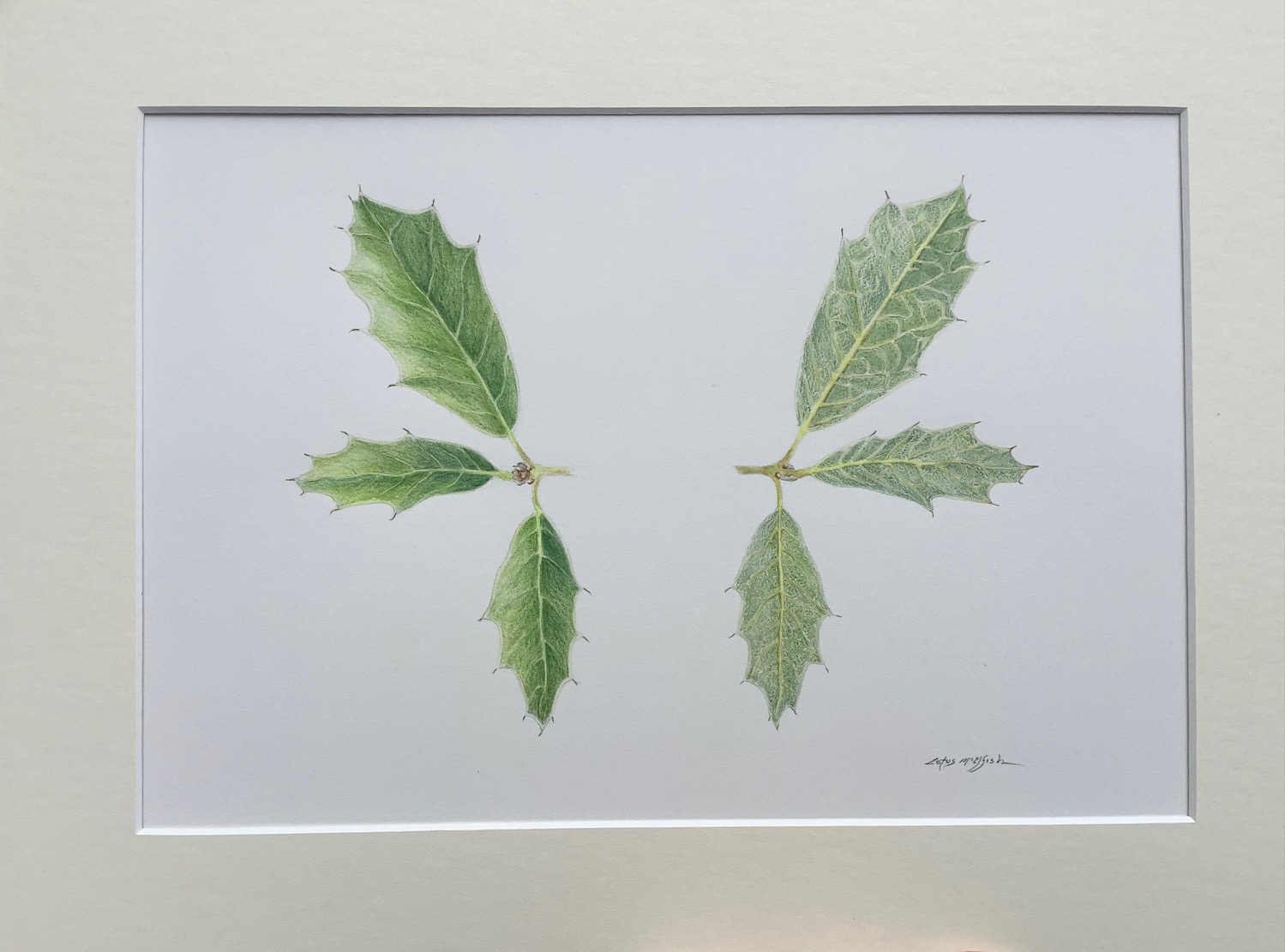
Shortly after learning about our exhibit opportunity, I was accepted as a volunteer for the newly formed conservation program under botanist Michael Eason at the San Antonio Botanical Gardens. I learned that Michael had recently discovered, with a team of botanical researchers led by The Morton Arboretum and the United States Botanic Garden, a presumed extinct oak. Deep in a remote canyon in the Chisos Mountains in Big Bend National Park, Michael was the first to see a single tree of Quercus tardifolia. I felt this tree needed to be represented in our upcoming show. Michael shared with me his herbarium specimen of the pressed leaves which showed the front and backsides of the leaves and we looked under the microscope to see the star/spider-like hairs that are on the backside. Since I would not be able to see the actual tree, all I had to work with were these pressed leaves. Trying to portray them as life-like as possible, I chose a composition of mirrored images so that the viewer could compare the front and back of the leaves. The painting joined the other 12 in the series of endangered plants even though it was not officially on the endangered list since it was presumed extinct.
Other oaks represented in our duo show in the “not so much” category were the Texas red oak (Q. buckleyi), Texas live oak (Q. fusiiformis), and shin oak (Q. sinuata var. breviloba).
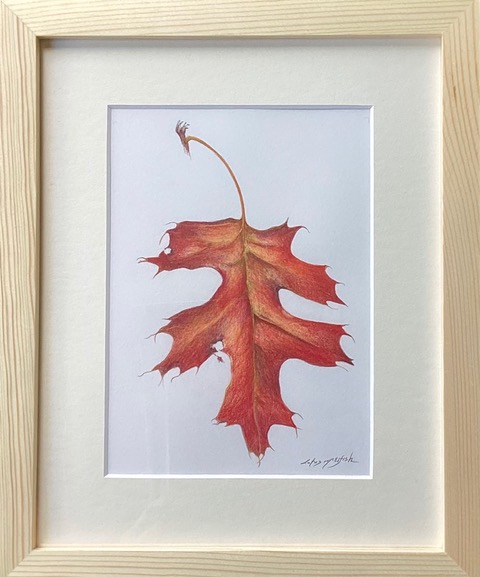


As I continue to finish the endangered series, my current painting is the Hinckley Oak, Quercus hinckleyi, which grows at 4,500 feet on the rocky limestone slopes around Solitario Peak in Presidio County and at two other sites near Shafter in West Texas. It is a dwarf, slow growing, sometimes thicket-forming 4 foot shrub. Luckily for me since these locations are over 6 hours from where I live, this oak is being propagated and a specimen is being protected at the San Antonio Botanical Gardens so I can observe its life cycle there. To follow the progress of this painting, see my Instagram account: lotus_mcelfish.
